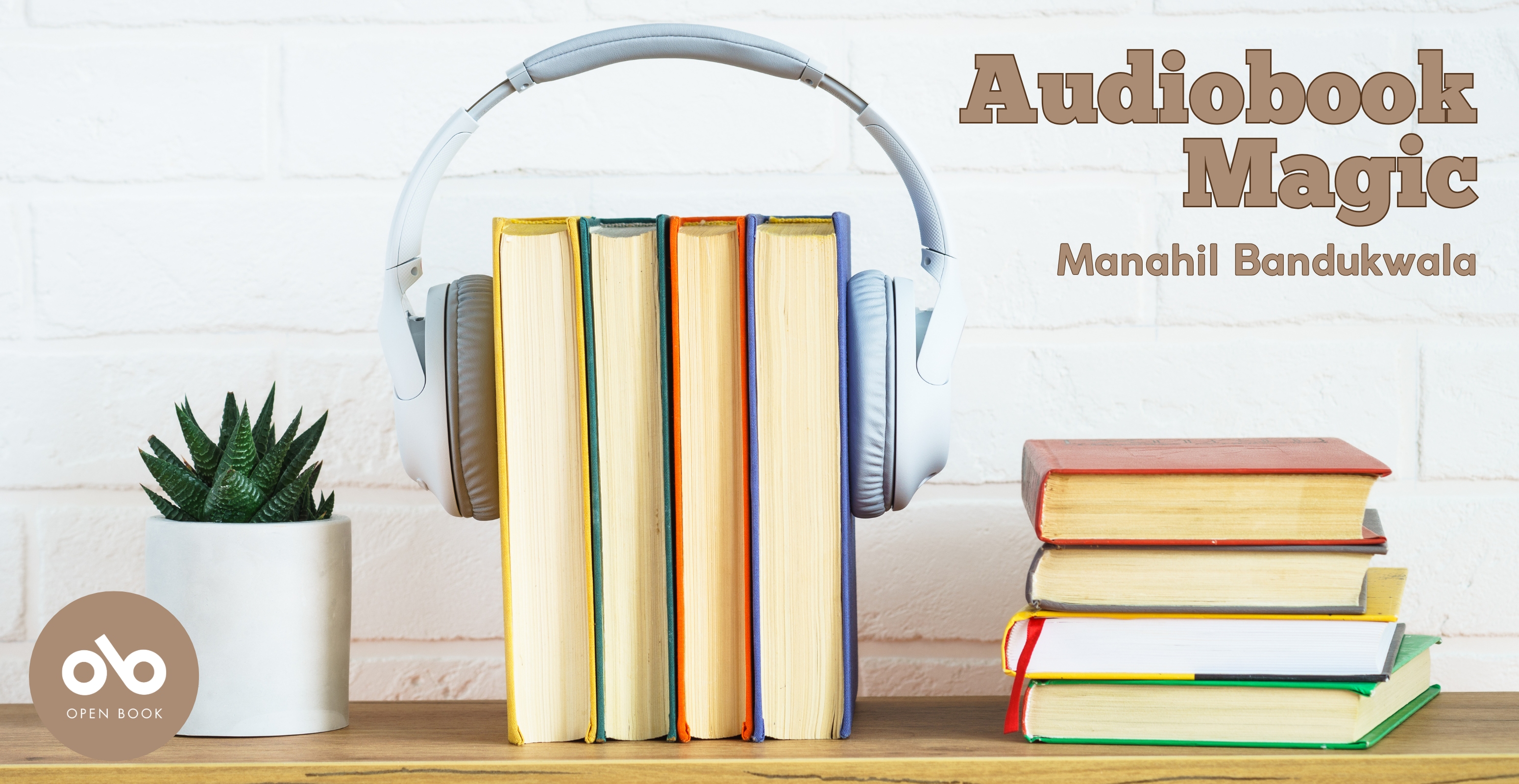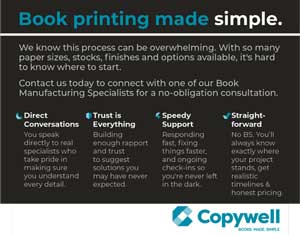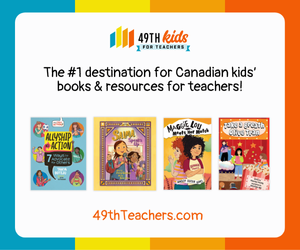Audiobook Magic
By Manahil Bandukwala
Poetry books rarely come in audio format, and perhaps this is the reason it’s taken me until 2025 to discover the magic of audiobooks.
In 2024, I began writing more fiction after several years of focusing solely on poetry. This shift came with reading a lot more fiction than I had read in years prior. I started by listening to audio versions of short stories, and when a book I wanted to read was only available at the library in audiobook format, I took the plunge with full-length books.
When you’re a writer, reading is a form of study. Listening to audiobooks has already taught me a number of things about writing fiction. If, like me, you haven’t really been an audiobook fan, here’s a list of reasons to convince you.
How to create tension and suspense
The first audiobook of 2025 I listened to was Magic for Liars by Sarah Gailey. Two hours into listening to this murder-mystery magical novel, I couldn’t put my phone down—the same way I can’t put a book I’m engrossed in down. I kept my headphones plugged in any moment I could, but because I couldn’t speed read, I also really had to sit in the tension created by the writing.
How to set an engaging scene
Every writer knows that the opening lines of a book are key. These are the lines that convince an agent, acquisitions editor, and reader to keep going.
Setting an engaging scene isn’t just limited to the opening of a book, though. Not being able to scan down a page makes me appreciate just how important each sentence is in scene-building. The images have to unfold in a logical way. I can’t reread portions the same way I can in a print book, so the writing has to be clear and concise on the first go, and keep me engrossed the entire time.
Your CanLit News
Subscribe to Open Book’s newsletter to get local book events, literary content, writing tips, and more in your inbox
Understanding rhythm and flow on a sentence level
This point continues from the previous one. Reading work out loud is a great way to find awkward sentence constructions and phrasings. As a poet, this is one of the major editing tips. It’s no different in fiction. With audio, there’s no hiding, and I’m pulled into looking for those awkward moments in my own fiction writing.
How to write unique voices for characters
Something I’ve noticed across audiobooks is how the narrator embodies the voice of the characters. In Klara and the Sun by Kazuo Ishiguro, told from the point of view of an android, the narrator puts on a robot-like voice. This creates an immersion that is so different from the “reading voice” in my head.
The variation of voice in character dialogue also draws attention to how dialogue makes characters distinct. While poetry doesn’t commonly have dialogue, dialogue is a key part of character-building in fiction.
Reading a whole lot more
One evening, I was torn between wanting to read and wanting to crochet. The meditative nature of crafting lent itself perfectly to having an audiobook on in the background.
There’s a lot of time in my day—when I’m cooking, when I’m completing busy tasks, when I’m commuting on a particularly bumpy route. I can’t really read a book during these times, but having an audiobook on lets me read more in times I otherwise wouldn’t.
The views expressed by Open Book columnists are those held by the authors and do not necessarily reflect the views of Open Book.
Manahil Bandukwala is a multidisciplinary artist and writer. She is the author of Women Wide Awake (Mawenzi House, 2023) and Monument (Brick Books, 2022; shortlisted for the Gerald Lampert Memorial Award), and numerous chapbooks. In 2023, she was selected as a Writer's Trust Rising Star. See her work at manahilbandukwala.com.



